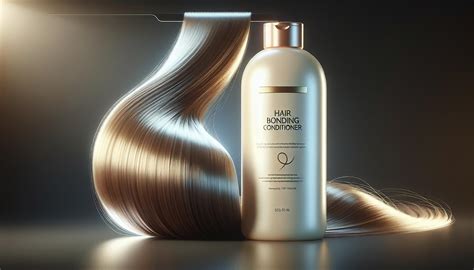Why Hair Protein Matters
Hair, the crowning glory of our appearance, requires essential nutrients to maintain its vibrancy and strength. Among these, protein is paramount, constituting up to 91% of its structure.

The Benefits of Protein for Hair
Infusing protein into your hair care routine offers a myriad of benefits:
Enhanced Hair Strength: Protein fills the gaps in hair strands, forming strong bonds that reduce breakage by up to 34%.
Increased Hair Thickness: By providing essential amino acids, protein stimulates hair growth, resulting in thicker, fuller-looking locks.
Improved Elasticity: Protein enhances the flexibility of hair, making it less prone to damage from styling or environmental factors.
Reduced Split Ends: Protein seals and repairs split ends, preventing further damage and maintaining the overall health of your hair.
How to Get Protein for Your Hair
1. Protein-Rich Foods:
– Lean meats (chicken, fish)
– Dairy products (milk, yogurt)
– Eggs
– Legumes (beans, lentils)
2. Hair Treatments and Products:
– Keratin treatments
– Protein masks
– Shampoos and conditioners with protein ingredients (e.g., hydrolyzed wheat protein, collagen)
4 Common Protein Treatments for Hair
| Treatment | Benefits |
|---|---|
| Keratin Treatments | Deeply infuses hair with protein, resulting in smoother, straighter hair for up to 6 months. |
| Protein Masks | Provide intense hydration and nourishment, repairing damaged hair and promoting growth. |
| Protein Shampoos | Gently cleanse hair while strengthening and revitalizing it with protein. |
| Protein Conditioners | Smooth and detangle hair, adding moisture and essential amino acids. |
Common Mistakes to Avoid with Protein for Hair
Over-Proteinization: Excessive protein use can lead to brittle, dry hair prone to breakage.
Improper Application: Avoid applying protein treatments too frequently or leaving them in for extended periods.
Using Harsh Chemicals: Steer clear of hair treatments containing harsh chemicals that can damage protein and weaken hair.
FAQs
1. How often should I use protein treatments?
– Every 2-4 weeks, depending on hair type and damage level.
2. Can protein treatments damage my hair?
– Yes, if used in excess or improperly.
3. What are some signs of over-proteinized hair?
– Brittle, dry, and breakage-prone hair.
4. Can I use protein treatments on color-treated hair?
– Yes, but use them sparingly to avoid altering hair color.
5. What types of hair benefit most from protein treatments?
– Damaged, weak, or chemically-treated hair.
6. How can I tell if my hair needs protein?
– Conduct a strand test: Apply water to a strand of hair and stretch it gently. If it breaks easily, your hair may need protein.
Tips for Choosing Protein-Rich Hair Products
- Hydrolyzed Proteins: Look for products containing hydrolyzed proteins (e.g., hydrolyzed wheat protein), which are smaller in size and penetrate the hair shaft more easily.
- Amino Acids: Select products that contain specific amino acids, such as keratin and arginine, to address specific hair concerns.
- pH Level: Choose products with a pH level between 3.5-5.5 to avoid damaging the hair’s protective cuticle.
- Conditioning Ingredients: Opt for products that include conditioning agents, such as oils and shea butter, to prevent dryness.
Conclusion
Harnessing the power of protein is a transformative solution for achieving luscious, healthy hair. By incorporating protein into your diet and hair care routine, you can unlock the potential of your locks, leaving them stronger, thicker, and more radiant than ever before. Embrace the wonders of protein and watch your hair flourish with newfound vitality!
